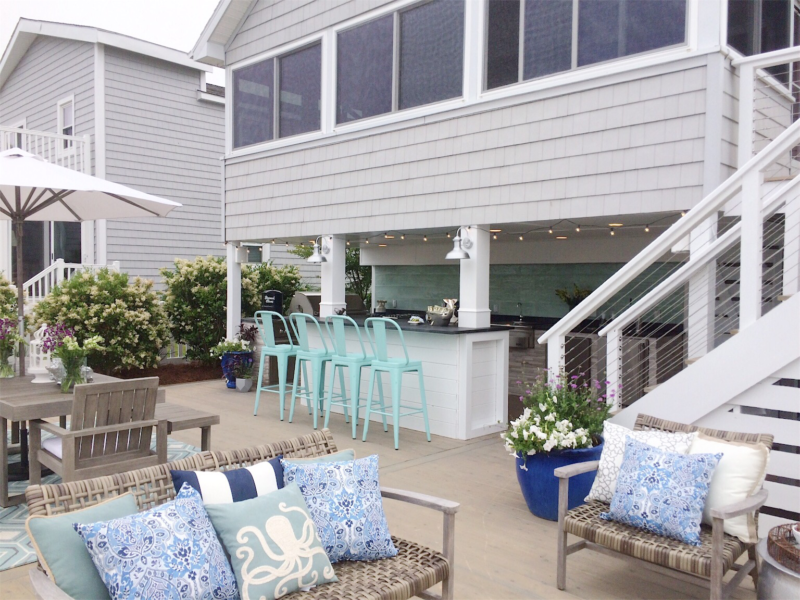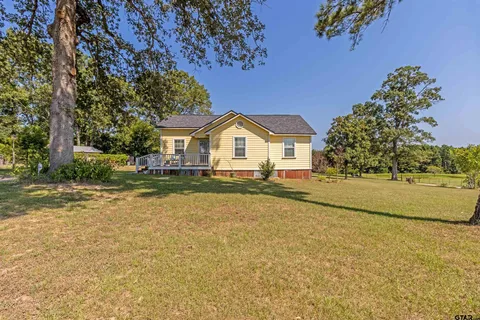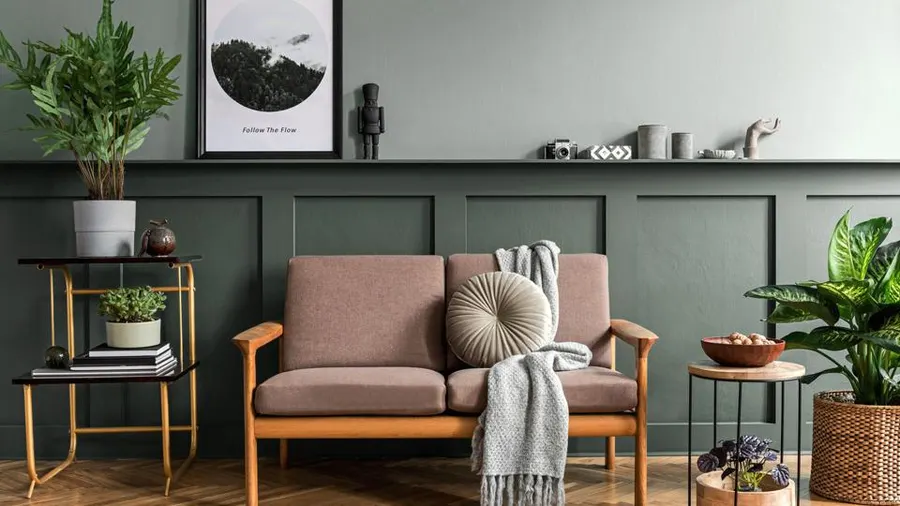What is an Oyster Zero Home? An Innovative Approach to Sustainable Living

The concept of an Oyster Zero Home is gaining attention for its innovative approach to sustainable, eco-friendly living. Designed with energy efficiency and minimal environmental impact in mind, this type of home offers a modern solution to the growing need for affordable, sustainable housing. Whether you’re interested in reducing your carbon footprint, embracing a minimalist lifestyle, or simply looking for more efficient ways to live, the Oyster Zero Home represents a forward-thinking approach to modern architecture. In this article, we will explore what an Oyster Zero Home is, its features, benefits, and how it is shaping the future of sustainable living.
What is an Oyster Zero Home?
The term “Oyster Zero Home” refers to a new generation of eco-conscious homes built with sustainability at the forefront. These homes are designed to be carbon-neutral or even carbon-negative, meaning they produce as much energy (or more) than they consume over their lifetime. Inspired by the resilience and simplicity of oyster shells, Oyster Zero Homes are typically constructed using environmentally friendly materials, energy-efficient systems, and renewable energy sources.
Key Features of an Oyster Zero Home
- Energy Efficiency: These homes utilize advanced insulation techniques, energy-efficient appliances, and smart thermostats to reduce energy consumption. High-performance windows and passive solar designs also maximize natural light and heat, minimizing the need for artificial heating and cooling.
- Sustainable Materials: Oyster Zero Homes are built with sustainable materials, such as reclaimed wood, recycled steel, and eco-friendly insulation. These materials are selected not only for their environmental benefits but also for their durability and long-lasting performance.
- Renewable Energy Systems: Solar panels, wind turbines, and geothermal energy systems are commonly incorporated into Oyster Zero Homes, enabling them to generate their own clean energy. The use of battery storage ensures that energy is available even during periods of low generation.
- Water Conservation: Water-saving technologies, such as low-flow faucets, rainwater harvesting systems, and greywater recycling, help minimize water waste. These systems contribute to a home’s overall sustainability by reducing the amount of water drawn from municipal sources.
- Waste Reduction: Oyster Zero Homes often feature composting toilets, zero-waste systems, and strategies to minimize construction waste. By incorporating sustainable building practices and systems that reduce household waste, these homes are designed to have as little environmental impact as possible.
Benefits of Living in an Oyster Zero Home
Living in an Oyster Zero Home offers numerous advantages, particularly for those who are passionate about sustainability, energy conservation, and reducing their ecological footprint.
1. Lower Energy Costs
One of the most significant benefits of an Oyster Zero Home is its ability to significantly reduce energy bills. By using renewable energy sources and energy-efficient technologies, homeowners can lower their reliance on grid electricity and reduce their monthly utility costs.
2. Environmental Impact
Oyster Zero Homes are designed to minimize environmental harm. Their low carbon footprint, reliance on renewable energy, and use of sustainable materials help reduce the overall impact of construction and living. By investing in such homes, homeowners are actively contributing to the fight against climate change.
3. Resilience to Natural Disasters
Due to their sturdy construction and the use of materials that can withstand extreme weather conditions, Oyster Zero Homes are often more resilient to natural disasters like hurricanes, floods, and earthquakes. Their compact design and reinforced structures ensure safety while also being energy-independent.
4. Healthier Living Environment
The use of non-toxic materials, better air circulation, and the absence of harmful chemicals in construction contribute to a healthier indoor environment. This can lead to better indoor air quality, reduced allergy symptoms, and overall improved well-being for residents.
5. Increased Property Value
Sustainable homes like the Oyster Zero Home are gaining popularity, and owning one can increase property value. As more people become aware of the environmental and economic benefits of green living, homes with eco-friendly features are in high demand.
How Does an Oyster Zero Home Compare to Traditional Homes?
When compared to traditional homes, Oyster Zero Homes stand out in several ways:
1. Energy Usage
Traditional homes typically rely on fossil fuels and external energy sources, leading to higher energy bills and a larger carbon footprint. In contrast, Oyster Zero Homes use renewable energy sources like solar and wind power, significantly reducing their reliance on external energy and ensuring energy independence.
2. Construction Materials
Traditional homes are often built with materials that can harm the environment, such as concrete, brick, and synthetic insulation. Oyster Zero Homes, on the other hand, focus on using reclaimed or renewable materials, which reduces waste and supports sustainable manufacturing processes.
3. Water Management
In traditional homes, water conservation is often an afterthought, with little consideration for systems like rainwater harvesting or greywater recycling. Oyster Zero Homes incorporate water-saving technologies that reduce water consumption and encourage sustainable water management practices.
4. Maintenance and Durability
Because Oyster Zero Homes are built with durable, sustainable materials and energy-efficient systems, they require less maintenance over time. Traditional homes may need more frequent repairs and energy upgrades to maintain efficiency.
Challenges of Building an Oyster Zero Home
While the benefits are clear, building an Oyster Zero Home does come with some challenges:
1. Initial Cost
The upfront cost of building an Oyster Zero Home can be higher than a conventional home due to the use of specialized materials and renewable energy systems. However, many homeowners find that these costs are offset over time by lower energy bills and the durability of the home.
2. Availability of Materials
Not all areas have access to sustainable building materials or the necessary expertise to construct an Oyster Zero Home. This can make it more challenging to find contractors who are experienced in sustainable building practices.
3. Permitting and Zoning
In some regions, zoning laws and building codes may not support the construction of highly energy-efficient homes, especially those relying on alternative energy sources like wind and solar. Navigating the permitting process can sometimes be a barrier to building an Oyster Zero Home.
The Future of Oyster Zero Homes
As the world continues to move toward sustainable living, Oyster Zero Homes are likely to become more popular and accessible. With advancements in renewable energy technology, eco-friendly materials, and government incentives for green building, the future of sustainable housing looks promising. As more people realize the long-term savings and environmental benefits, demand for Oyster Zero Homes will likely increase.
Conclusion
Oyster Zero Homes represent a major step forward in the evolution of eco-friendly, sustainable living. With their focus on energy efficiency, renewable energy systems, and environmentally conscious construction practices, these homes offer a practical solution to the growing need for sustainable housing. Whether you’re looking to lower your carbon footprint, save on energy bills, or invest in a durable and healthy living space, the Oyster Zero Home could be the right choice for you. The future of housing is green, and Oyster Zero Homes are leading the way.




